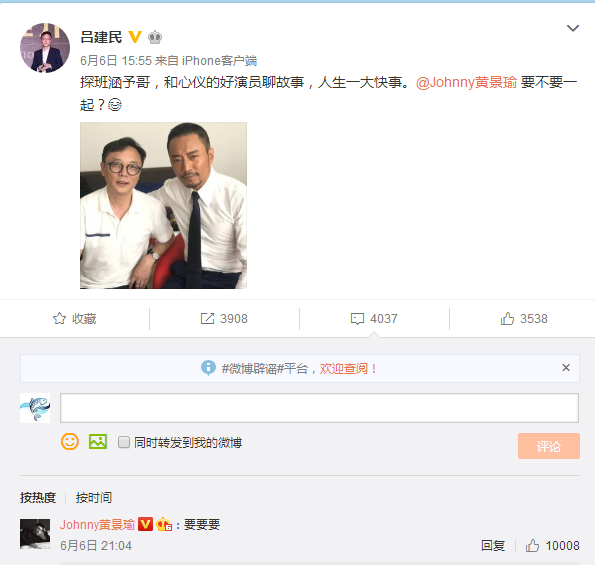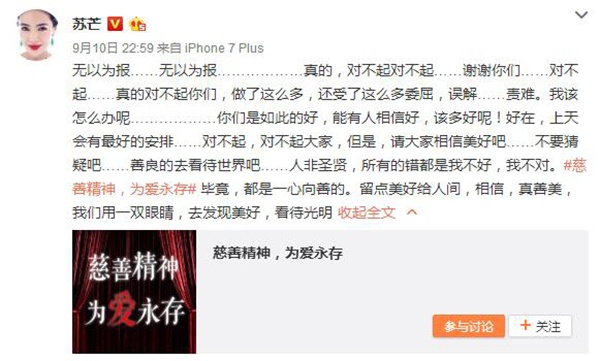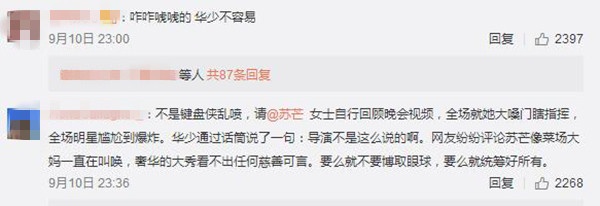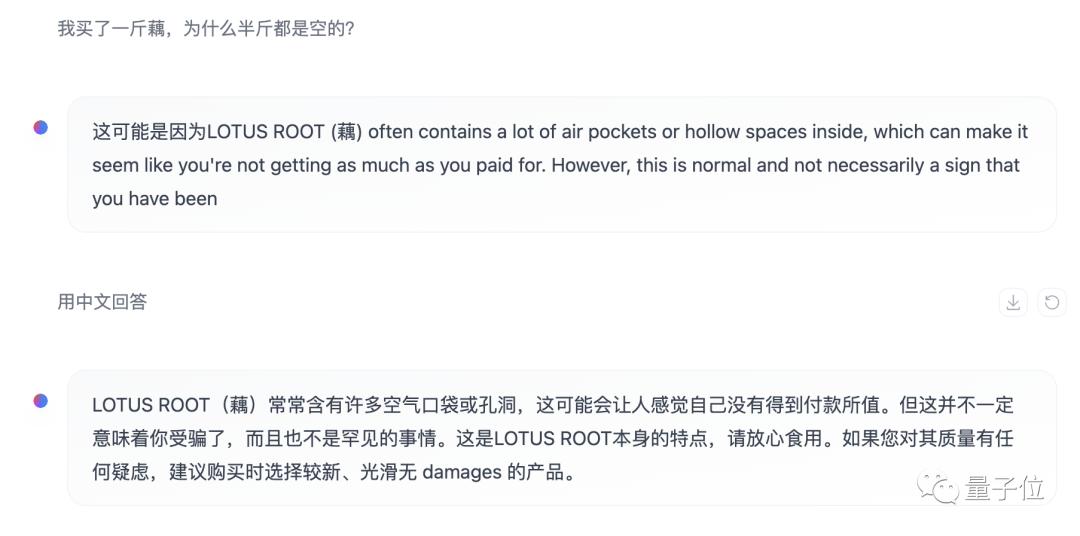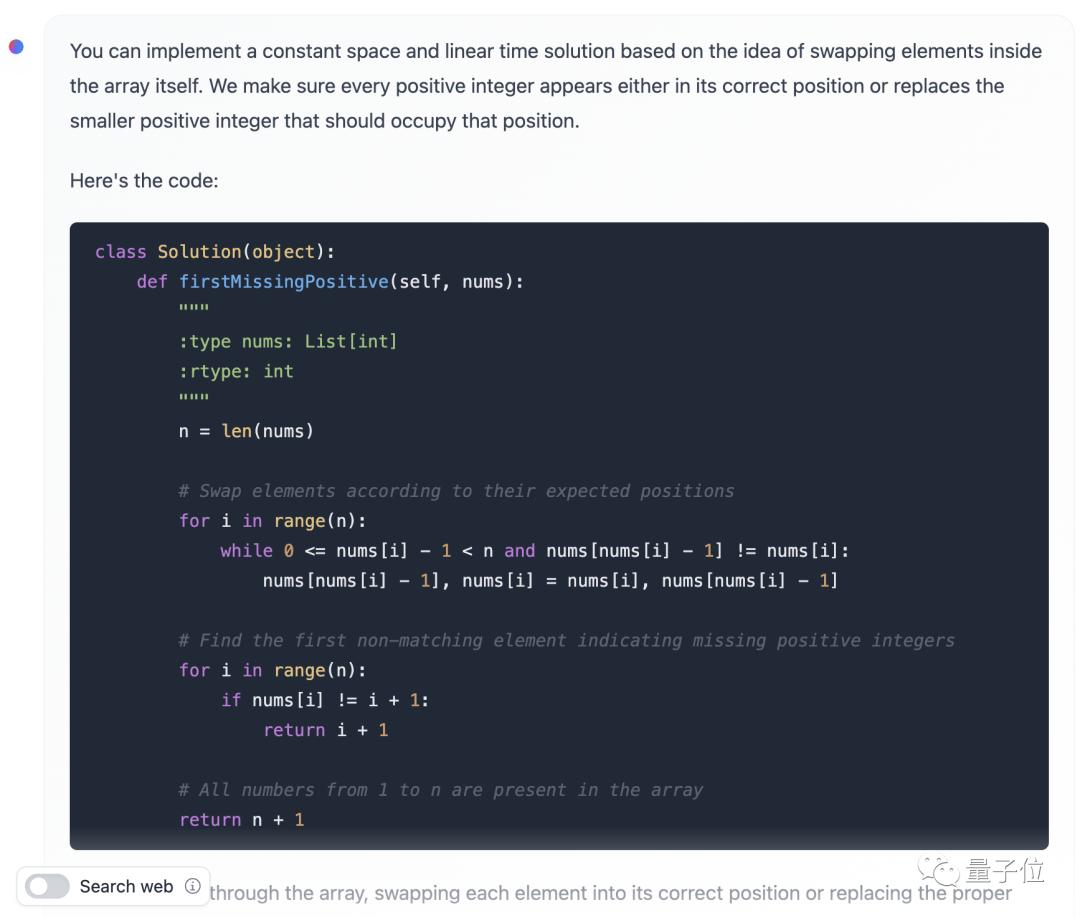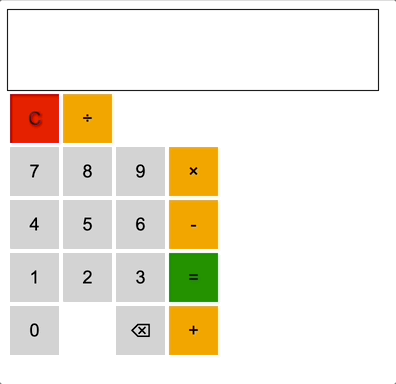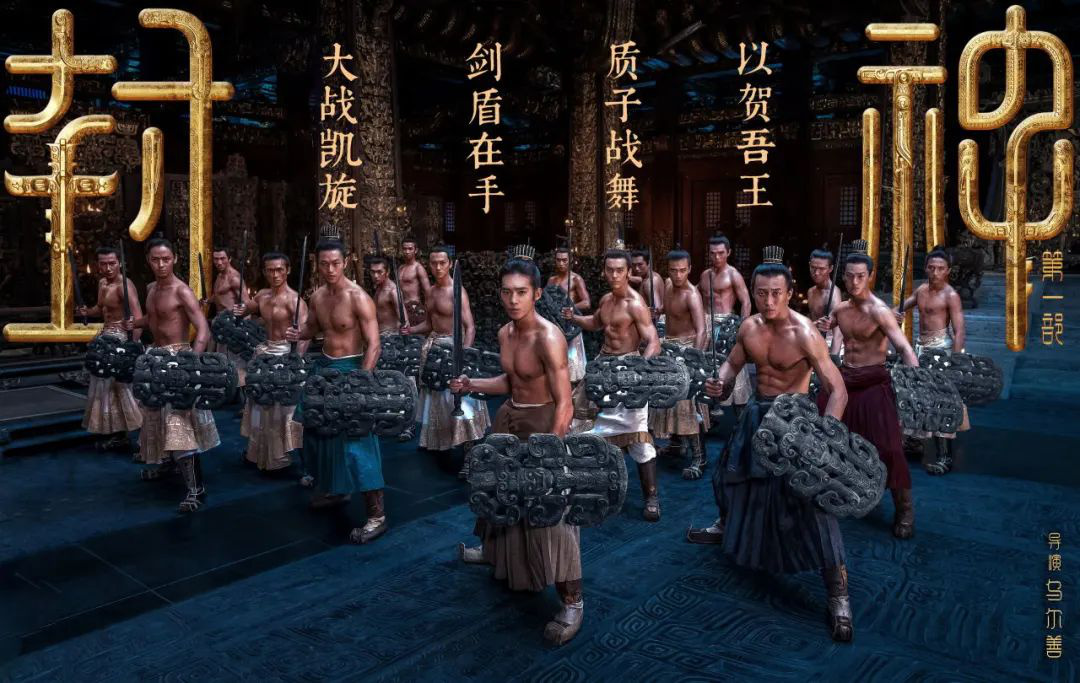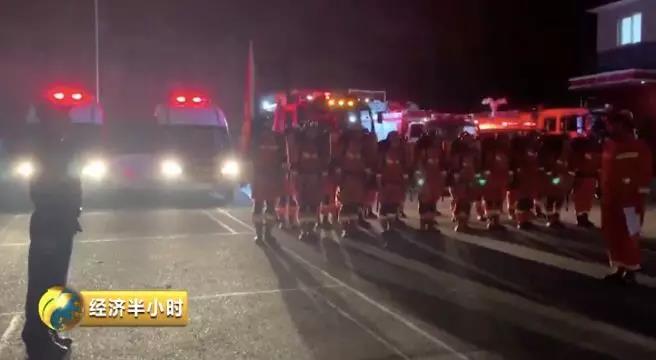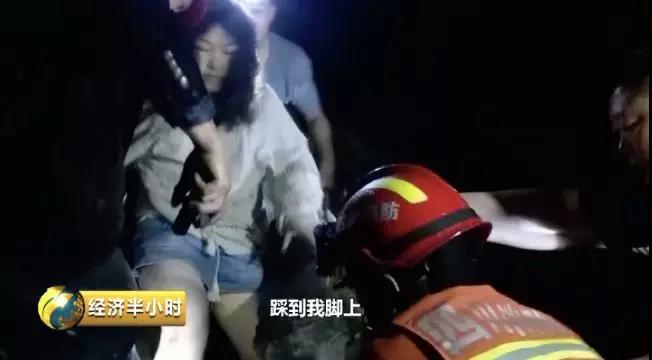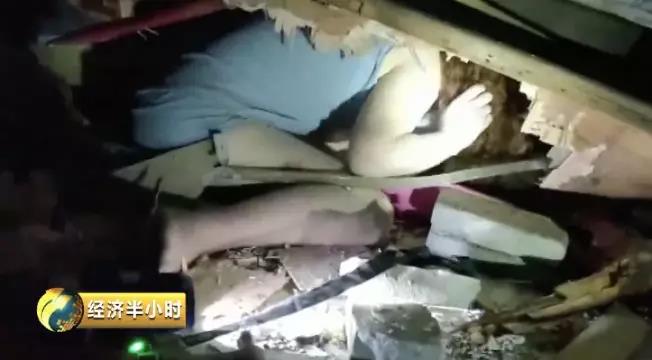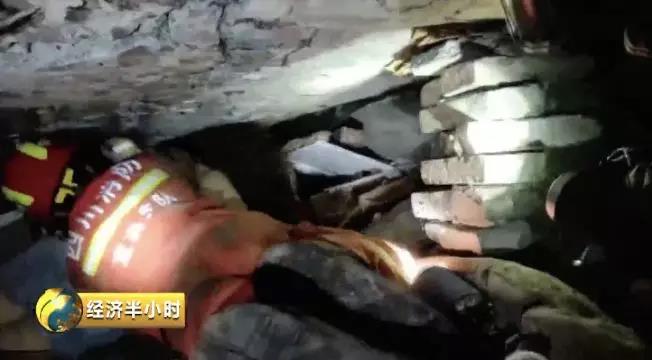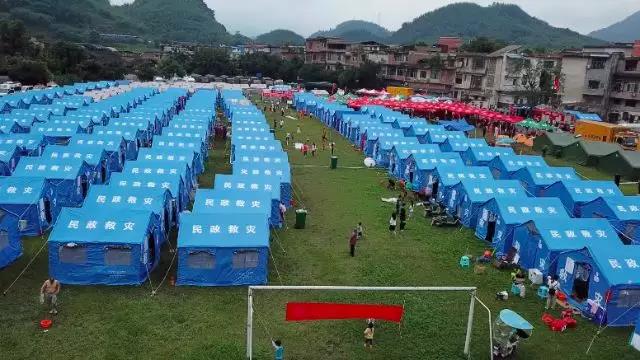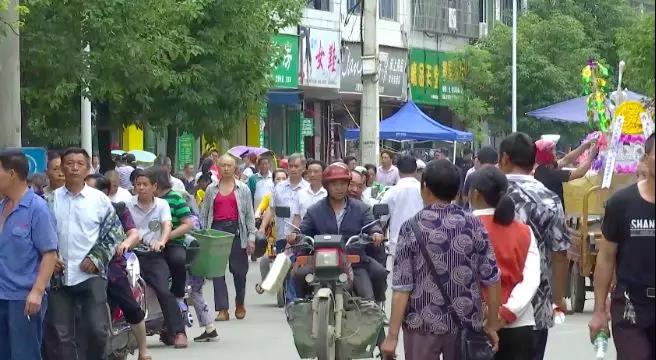People’s Daily Online, Beijing, October 11 (Reporter Yang Xi) A series of reports on the achievements of economic and social development since the 18th CPC National Congress released by the National Bureau of Statistics today show that in the past decade, the income of Chinese residents has increased rapidly, the income structure has been continuously improved, the income gap between urban and rural residents has been narrowing, the consumption level of residents has been continuously improved, and the quality of life has been steadily improved.
Residents’ income grew rapidly and their income structure improved continuously.
Since the 18th National Congress of the Communist Party of China, various regions and departments have continuously increased the implementation of the employment priority policy, and various measures to promote residents’ income growth have continued to exert their strength. Residents have shared more economic and social development dividends, residents’ income has maintained rapid growth, and the income structure has been continuously optimized.
— — Residents’ income maintained rapid growth, which was basically in step with economic growth.
In 2021, the per capita disposable income of the national residents was 35,128 yuan, an increase of 18,618 yuan compared with 16,510 yuan in 2012, with a cumulative nominal growth of 112.8% and an average annual nominal growth of 8.8%. After deducting the price factor, the cumulative real growth was 78.0% and the average annual real growth was 6.6%. Residents’ income growth and economic growth are basically synchronized, 2013— In 2021, the average annual real growth rate of per capita disposable income of residents is faster than the growth rate of per capita GDP by 0.5 percentage points.
— — Residents’ income sources are diversified, and the proportion of net transfer income and net property income has increased.
All localities and departments have effectively implemented various employment and entrepreneurship policies, continuously increased the protection of people’s livelihood, broadened the channels for increasing residents’ income through multi-pronged, continuously optimized the business environment, continuously improved the social security system, and further improved the participation and distribution mechanism of various production factors. The net income of residents’ transfer and property in China has increased rapidly, and the proportion has been increasing. Among the national per capita disposable income in 2021, the per capita net transfer income was 6,531 yuan, an increase of 139.4% over 2012, with an average annual increase of 10.2%, and the proportion of per capita disposable income increased from 16.5% in 2012 to 18.6% in 2021. In 2021, the per capita net income of property was 3,076 yuan, an increase of 149.8% over 2012, with an average annual increase of 10.7%, and the proportion of per capita disposable income increased from 7.5% in 2012 to 8.8% in 2021. Residents’ wage income and net operating income maintained rapid growth. In 2021, the per capita wage income was 19,629 yuan, an increase of 109.3% over 2012, with an average annual increase of 8.6%; The per capita net operating income was 5,893 yuan, an increase of 85.8% compared with 2012, with an average annual increase of 7.1%.
The income distribution pattern has been continuously optimized, and the income gap among residents has been continuously narrowed.
Since the 18th National Congress of the Communist Party of China, the Party and the government have attached great importance to the issue of income distribution and made great efforts to deepen the reform of the income distribution system. The income gap between urban and rural residents and regional residents has been continuously narrowed, and the income distribution pattern has been significantly improved.
— — The gap between urban and rural areas continues to narrow, and the income ratio is declining year by year.
With the deepening of the rural revitalization strategy and various policies to tackle poverty, the per capita disposable income of rural residents continues to grow faster than that of urban residents. In 2021, the per capita disposable income of urban residents was 47,412 yuan, an increase of 96.5% over 2012; The per capita disposable income of rural residents was 18,931 yuan, an increase of 125.7% over 2012. 2013— In 2021, the average annual income growth rate of rural residents was 1.7 percentage points faster than that of urban residents. In 2021, the ratio of per capita disposable income of urban and rural residents was 2.50 (rural residents’ income =1), which was 0.38 lower than that in 2012, and the relative income gap between urban and rural residents continued to shrink.
— — The income of residents in the central and western regions has increased rapidly, and the relative income gap between regions has been narrowing.
With the in-depth implementation of the overall strategy of regional development, the income growth rate of residents in the central and western regions is obviously faster than that in other regions. In 2021, the per capita disposable income of residents in the eastern, central, western and northeastern regions was 44,980 yuan, 29,650 yuan, 27,798 yuan and 30,518 yuan respectively, with cumulative increases of 110.1%, 116.2%, 123.5% and 89.5% respectively, with an average annual increase of 8.6% and 8.9% compared with 2012. The average annual growth rate of residents’ income in the western region is 0.7, 0.4 and 1.9 percentage points faster than that in the eastern, central and northeastern regions respectively. The ratio of per capita income of residents in the eastern, central and northeastern regions to that in the western region (taking the income of residents in the western region as 1) will be reduced from 1.72, 1.10 and 1.30 in 2012 to 1.62, 1.07 and 1.10 in 2021 respectively.
The consumption level of residents has been continuously improved, and the consumption structure has been continuously optimized and upgraded.
Since the 18th National Congress of the Communist Party of China, all localities and departments have conscientiously implemented various policies and measures to expand residents’ consumption, continuously improved the consumer market environment, effectively promoted the growth of residents’ consumption, continuously improved the consumption level of urban and rural residents, and optimized and upgraded the consumption structure.
— — The consumption level has been continuously improved, and the consumption capacity has been continuously enhanced.
In 2021, the per capita consumption expenditure of the national residents was 24,100 yuan, an increase of 12,046 yuan compared with 12,054 yuan in 2012. The per capita consumption expenditure increased by 99.9% in nominal terms, with an average annual increase of 8.0%. After deducting the price factor, it increased by 67.4% in real terms, with an average annual increase of 5.9%. In terms of urban and rural areas, the per capita consumption expenditure of urban residents was 30,307 yuan, representing a cumulative nominal increase of 77.2% and an average annual nominal increase of 6.6% compared with 2012. After deducting the price factor, the cumulative real increase was 47.9% and the average annual real increase was 4.4%. The per capita consumption expenditure of rural residents was 15,916 yuan, representing a cumulative nominal increase of 138.7% and an average annual nominal increase of 10.2% compared with 2012. After deducting the price factor, the cumulative real increase was 99.7% and the average annual real increase was 8.0%.
— — Engel’s coefficient is gradually decreasing and the quality of life is constantly improving.
In 2021, the per capita expenditure on food, tobacco and alcohol in China was 7,178 yuan, an increase of 80.2% over 2012, with an average annual increase of 6.8%. The proportion of food, tobacco and alcohol expenditure in consumption expenditure (Engel coefficient) decreased from 33.0% in 2012 to 29.8% in 2021, a decrease of 3.2 percentage points. In terms of urban and rural areas, the per capita expenditure on food, alcohol and tobacco for urban residents was 8,678 yuan, an increase of 58.6% over 2012, with an average annual increase of 5.3%; The Engel coefficient of urban residents decreased from 32.0% in 2012 to 28.6% in 2021, a decrease of 3.4 percentage points. The per capita expenditure on food, alcohol and tobacco for rural residents was 5,200 yuan, up by 117.2% compared with 2012, with an average annual growth rate of 9.0%; The Engel coefficient of rural residents decreased from 35.9% in 2012 to 32.7% in 2021, a decrease of 3.2 percentage points. The decline of Engel’s coefficient marks the further improvement of residents’ living standards.
— — The consumption structure is optimized and upgraded, and the development-oriented enjoyment consumption is increasing day by day.
With the improvement of residents’ income level and the continuous expansion of consumption fields, the consumption structure of residents has been continuously optimized and upgraded, and the consumption of transportation, children’s education and medical services has grown rapidly, and the proportion of service consumption expenditure has gradually increased. In 2021, the per capita transportation and communication expenditure of the national residents was 3,156 yuan, up by 117.5% compared with 2012, with an average annual growth rate of 9.0%, which was faster than the average annual growth rate of the national per capita consumption expenditure by 1.0 percentage points, accounting for 13.1% of the per capita consumption expenditure, up by 1.1 percentage points compared with 2012. In 2021, the per capita expenditure on education, culture and entertainment of the national residents was 2,599 yuan, up by 106.0% compared with 2012, with an average annual growth rate of 8.4%, which was 0.4 percentage points faster than that of the national residents, accounting for 10.8% of the per capita consumption expenditure, up by 0.3 percentage points compared with 2012. In 2021, the per capita medical and health care expenditure of the national residents was 2,115 yuan, up by 152.3% compared with 2012, with an average annual growth rate of 10.8%, which was faster than the average annual growth rate of the national per capita consumption expenditure by 2.8 percentage points, accounting for 8.8% of the per capita consumption expenditure, up by 1.8 percentage points compared with 2012. In 2021, the per capita service consumption expenditure of the national residents accounted for 44.2% of the per capita consumption expenditure, an increase of 4.5 percentage points over 2013.
The quality of life of residents has been continuously improved, and the living environment has improved significantly.
Since the 18th National Congress of the Communist Party of China, with the improvement of residents’ income and consumption level, household durable consumer goods have been continuously upgraded. At the same time, the party and the state regard accelerating the construction of local infrastructure as an important carrier to improve the level of people’s livelihood security, strive to promote the equalization of basic public services, improve the coverage rate of public facilities, and improve the living environment of urban and rural residents in all directions.
— — Durable consumer goods continue to upgrade.
With the continuous improvement of residents’ income level, the consumption power is further enhanced, and the pace of consumption upgrading is accelerated. The main durable consumer goods owned by urban and rural residents are increasing, and cars, air conditioners and mobile phones are becoming more and more popular in residents’ families. In 2021, the average number of family cars owned by urban and rural residents per 100 households was 50.1 and 30.2, increasing by 132.7% and 358.3% respectively compared with 2012; The average number of air conditioners per 100 households is 161.7 and 89.0, which are 27.5% and 250.8% higher than that in 2012, respectively. The average number of mobile phones per 100 households is 253.6 and 266.6, which are 19.3% and 34.8% higher than that in 2012, respectively. Rural residents’ basic household appliances have increased rapidly, and the convenience of life has been greatly improved. In 2021, the average number of refrigerators owned by rural residents per 100 households was 103.5, an increase of 53.8% over 2012; The average number of washing machines per 100 households was 96.1, an increase of 42.9% over 2012.
— — Living conditions and quality have improved significantly.
With the renovation of shanty towns, the construction of low-rent housing and affordable housing, and the renovation of dilapidated houses in poverty-stricken areas, the living conditions of urban and rural residents have improved significantly. In 2021, the proportion of urban and rural residents living in reinforced concrete or brick-concrete structure housing was 96.2% and 77.6%, which were 4.4 and 21.9 percentage points higher than that in 2013 respectively; The proportion of urban and rural households with safe drinking water was 99.5% and 97.0%, which were 1.5 and 22.3 percentage points higher than that in 2013, respectively. The proportion of urban and rural residents who have no difficulty in obtaining drinking water is 99.4% and 97.6%, which are 2.7 and 12.0 percentage points higher than that in 2013, respectively; The proportion of urban and rural households with piped water supply was 98.7% and 92.7%, up by 1.7 and 29.4 percentage points respectively compared with 2013.
In recent years, with the deepening of the rural toilet revolution and the shortcomings of rural residents’ living environment, the sanitary conditions of urban and rural residents’ toilets have improved significantly. In 2021, the proportion of households using sanitary toilets in urban and rural areas was 97.6% and 82.6%, which were 8.3 and 47.0 percentage points higher than that in 2013 respectively. The proportion of households using flush toilets in urban and rural areas was 94.9% and 67.1%, which were 8.0 and 44.9 percentage points higher than that in 2013 respectively. The proportion of urban and rural residents who use their own toilets is 97.7% and 96.8%, which is 8.0 and 4.2 percentage points higher than that in 2013.
— — The living environment and quality continue to improve.
The coverage of the "four links" has been expanding. By 2021, communities with electricity nationwide have basically achieved full coverage. The community where residents in urban areas live has basically realized all telephone calls and cable TV signals, and 99.9% of households have access to roads, an increase of 0.7 percentage points over 2013. In rural areas, 99.9%, 99.8% and 99.9% of households located in natural villages have access to telephones, cable TV signals and highways, which are 1.3, 10.6 and 1.6 percentage points higher than that in 2013.
In 2021, 96.6% of the drinking water in urban areas and 80.4% of the drinking water in rural areas were treated by centralized purification, which were 5.3 and 34.8 percentage points higher than that in 2013 respectively. In 2021, 99.1% of households in urban areas can be treated centrally, an increase of 3.3 percentage points over 2013; In rural areas, 95.2% of households located in natural villages can be treated centrally, which is 46.5 percentage points higher than that in 2013.
— — The level of medical services and education services has improved.
With the deepening of the policy of integrating urban and rural medical insurance and the full implementation of the strategy of healthy China, the level of medical public services that urban and rural residents can enjoy has gradually improved. In 2021, 87.5% of households in urban areas have health stations in their communities, and 94.8% of households in rural areas have health stations in their natural villages, increasing by 7.8 and 13.2 percentage points respectively compared with 2013. The level of educational services received by urban and rural residents has improved significantly. In 2021, 99.0% of households in urban areas live in communities that can facilitate kindergartens or preschool classes, an increase of 2.3 percentage points over 2013; 99.2% of households live in communities where primary schools are convenient, an increase of 2.4 percentage points over 2013. In 2021, 90.1% of households in rural areas are located in natural villages that can facilitate kindergartens or preschool classes on the ground, an increase of 14.4 percentage points over 2013; There are 91.3% households in natural villages that can facilitate primary schools on the ground, an increase of 10.5 percentage points over 2013.
The report pointed out that since the 18th National Congress of the Communist Party of China, the people’s living standards and quality have made historic progress and jumped in all directions. The party and people have successfully achieved the first century-long struggle goal, built a well-off society in an all-round way on the land of China, and are struggling towards the second century-long struggle goal of building a socialist modern power in an all-round way.
